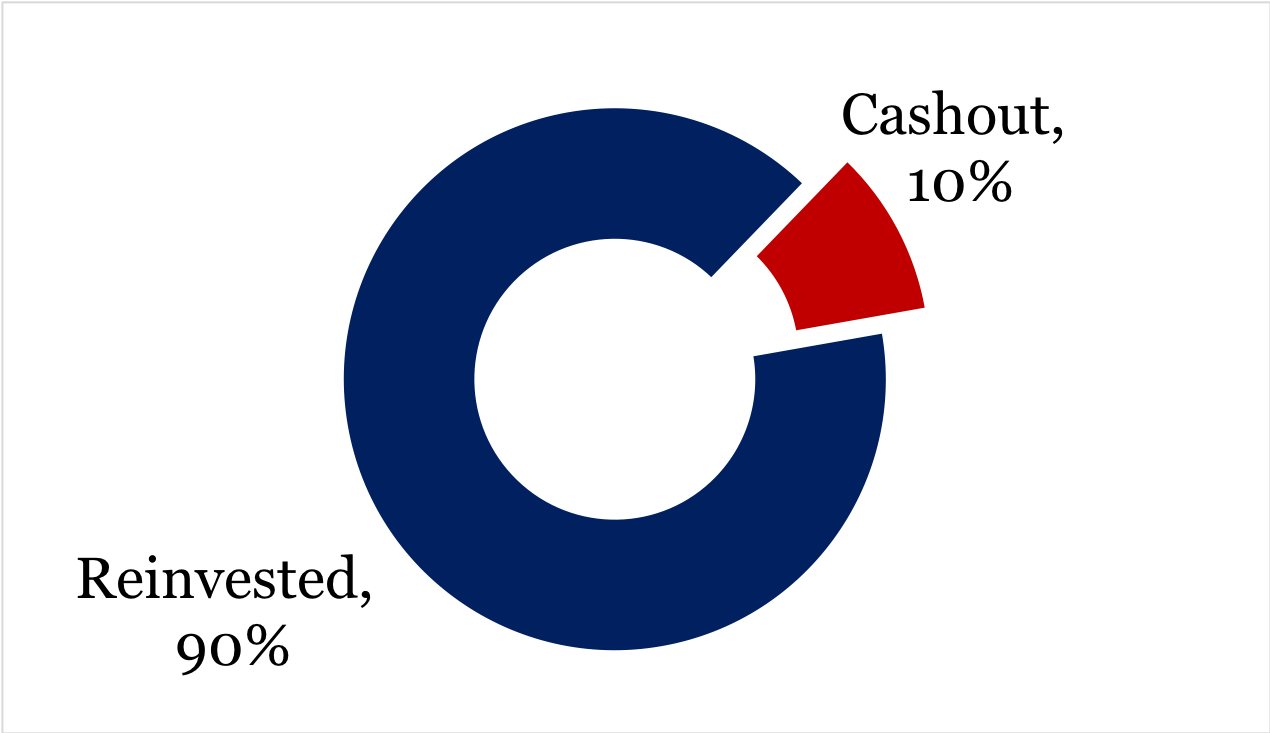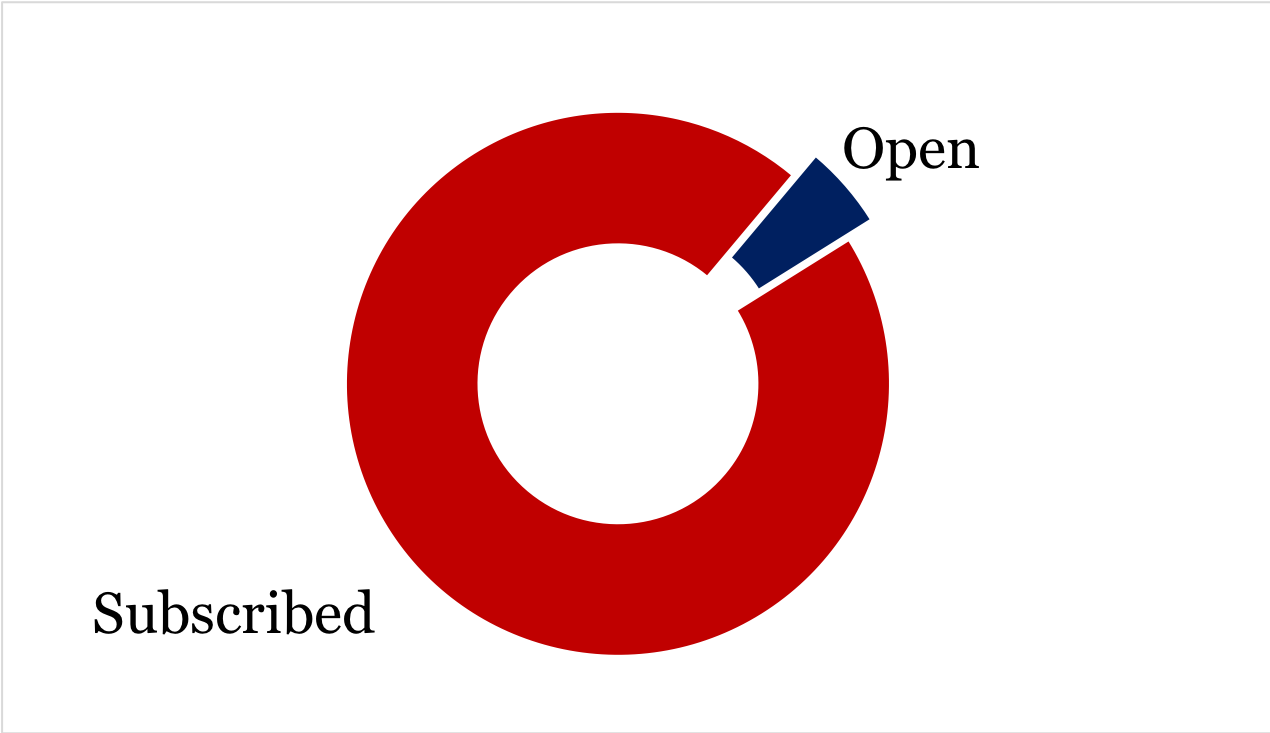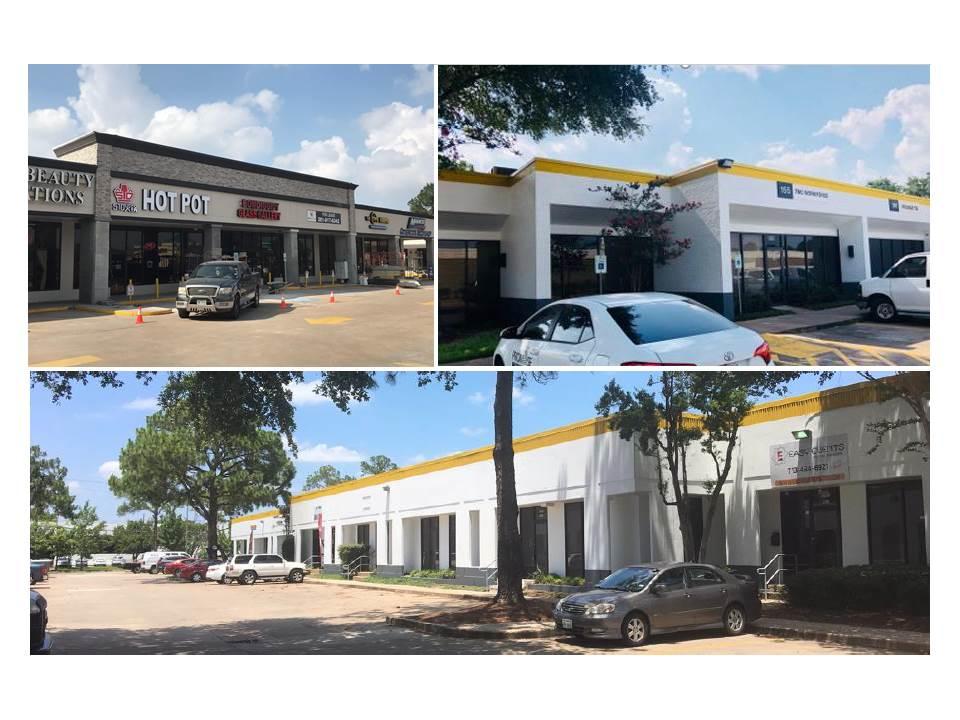0 Comments
A refinance event or also commonly called investor’s cash-out, is a transaction that allows the investor to withdraw equity in the form of ‘cash’ from an asset owned by the investor. After a cash-out, the investor may re-invest in new properties to keep building wealth or diversifying a portfolio.
The simplest example is a residential home refinance. The investor buys a property for $100, after some time, market prices go up say 25%, with the property value increasing to $125. If the investor refinances 80% of the property value, he would be able to pull out the original $100, while still owning the property. The $100 might be used to invest in a new property or any other use. Commercial real estate prices are not as market-driven as residential real estate. In commercial real estate, market prices are mainly determined by the net operating income (NOI) that the property generates and the market Capitalization Rates (Cap Rate). The NOI is the bottom line of the commercial real estate rental business. In few words, NOI is sales (rental revenues) minus operating costs. The NOI can be improved through a professional property management which increases occupancy and/or rental prices; and/or reduces costs (insurance, maintenance, staff, etc.) The Cap Rate is the NOI divided by the property sales price. The capitalization rate indicates the rate of return that is expected to be generated on a real estate investment. As an example, if the property’s NOI is $100 and the property asking price is $1,000 its cap rate is 10%. Similar to a bond, a lower cap rate renders a higher valuation. Now, taking the previous example to the Commercial Real estate arena. If an investor purchases a warehouse for $1,000 with NOI of $100 (10% cap rate), if after a given time the investor manages to increase the NOI by say 35%, assuming that Cap Rate is still 10%, now your property value is $1,350. Therefore, if the property is refinanced with a bank willing to lend say 75% of property value, the investor would be able to pull out ~$1,000 as a cash-out, while keeping the property operating and generating income. Investors can then re-invest this cash in different projects. Refinance is a simple mechanism. However, timing is as critical as having an appealing NOI. Prevailing Interest rates and lending options, due to global, domestic and market economy conditions, are also part of the equation. These variables might reduce the loan amounts or increase financial costs delaying the refinance until better market conditions. In conclusion, a re-finance is an attractive strategy to build equity. However, it cannot be achieved without experience and a professional Real Estate management team, which sources properties at attractive entry prices, has a network of lending institutions and the experience to improve Net Operating Income. Legal Disclaimer: This information is provided for educational purposes only. Readers of this article must consult a qualified professional in their jurisdiction for all opinions for their specific situation.
|
|
H O U S T O N E Q U I T Y P A R T N E R S
HEP allows Accredited Investors the opportunity to invest in Industrial, Commercial, Self-storage and Mixed Use income producing assets, strategically located throughout the Greater Houston Area.
|
M E N U
|
C O N T A C T U S
Corporate Offices
2313 West Sam Houston Parkway N Houston, TX 77043 Inquiries: 281-899-0579 Investor Relations: 281-817-6342 Email: [email protected] |
© COPYRIGHT 2015. ALL RIGHTS RESERVED.

 RSS Feed
RSS Feed


